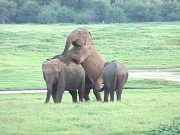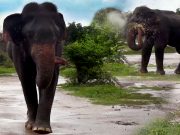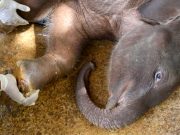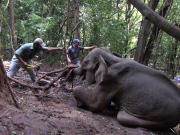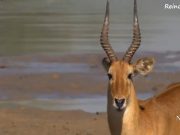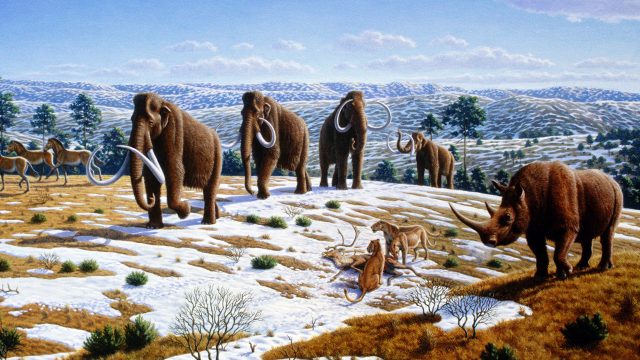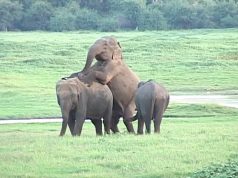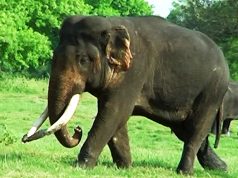The Extinction of Mammoth: How did it happen?
A mammoth is any species that of the extinct group of Mammoths. Mammoths are covered with long hair while being commonly equipped with long and curved tusks. They lived through Pliocene epoch ( 5 million years ago) into Holocene at about 4500 years ago. They lived across Africa, Europe, Asia, and North America.

Very first of their kind and evolution.
Earliest species of the family Elephantidae lived around 6 million years ago in Africa, and it includes the living elephants and now extinct mammoths.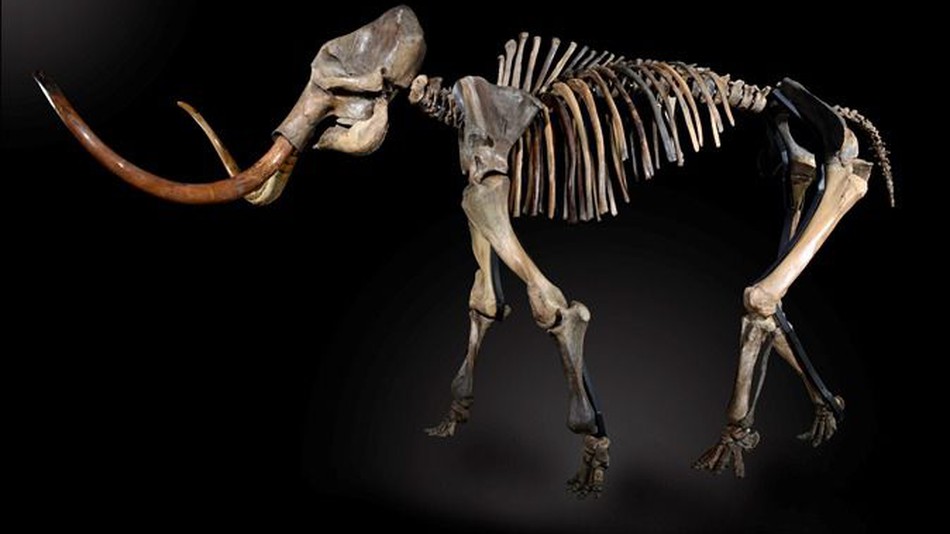
The order of evolution has been researched through morphological studies through the identification of enamel ridge counts on molars, as primitive species had fewer ridges compared to those who are evolved.
The first of the genus, Mammuthus are the African species known as Mammuthus Subplanifrons from the Pliocene and Mammuthus Afrcanavus from the Pleistocene.
The last of their kind and their extinction.
Woolly Mammoths were the last of their kind to walk the earth. They roamed in vast herds across North America and Eurasia. They have identified a few probable reasons for their extinction.
1) A disease that wiped out the entire wooly mammoth population during the last ice age.
2) A catastrophic weather event that resulted in their extinction that is not related to climate change.
3) Hunted down by the Earths dominant predator: humans.
Russia’s Wrangel Island that killed the Woolly Mammoth.
It is believed that the woolly mammoth lived until 4000 years ago on what is today Russia’s Wrangel Island, north of Siberia.
“It could be that the island was simply too small to support a long-term viable mammoth population,” the authors speculated.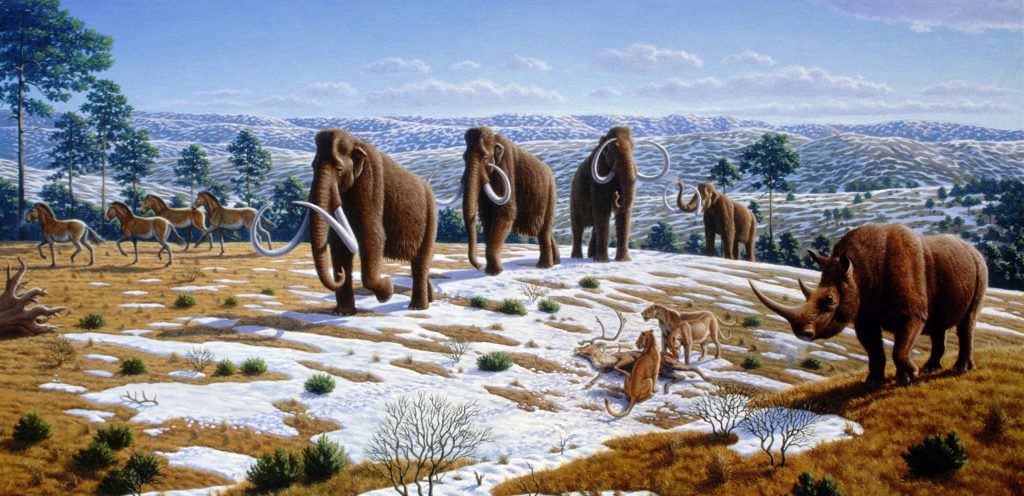
About 7,600 square kilometers (2,900 square miles) in the area, Wrangel Island is a bit smaller than Corsica or Puerto Rico in comparison. Wrangel was gradually cut off by water 12,000 to 9,000 years ago from the mainland. A loss of genetic variation could also have resulted from the shift in climate as Earth entered the so-called interglacial period, a boon for many animals, but not for the giant tuskers. To their surprise, however, the researchers found that genetic diversity remained stable, and even increased slightly, right up to the bitter end.
“This suggests that the final extinction was caused by a relatively sudden, rather than gradual, change in the mammoths’ environment,” the study said.
Humans appear to have arrived on the island about 100 years after the enormous mammals had vanished, according to archeological data. That leaves climate or disease, the researchers hypothesize, noting that a sudden event — a mega-storm, for example — or a novel bacteria or virus could have wiped out the remaining population.
The fate of mammoths on Wrangel Island, they caution, is not necessarily a microcosm for the species as a whole because islands exert unique evolutionary pressures on animal species.
One theory is that expanding forests in Europe and parts of Asia robbed the grass-eating mammoths of their preferred habitat, gradually starving them to death.
Also a look at the Human-Elephant conflict








